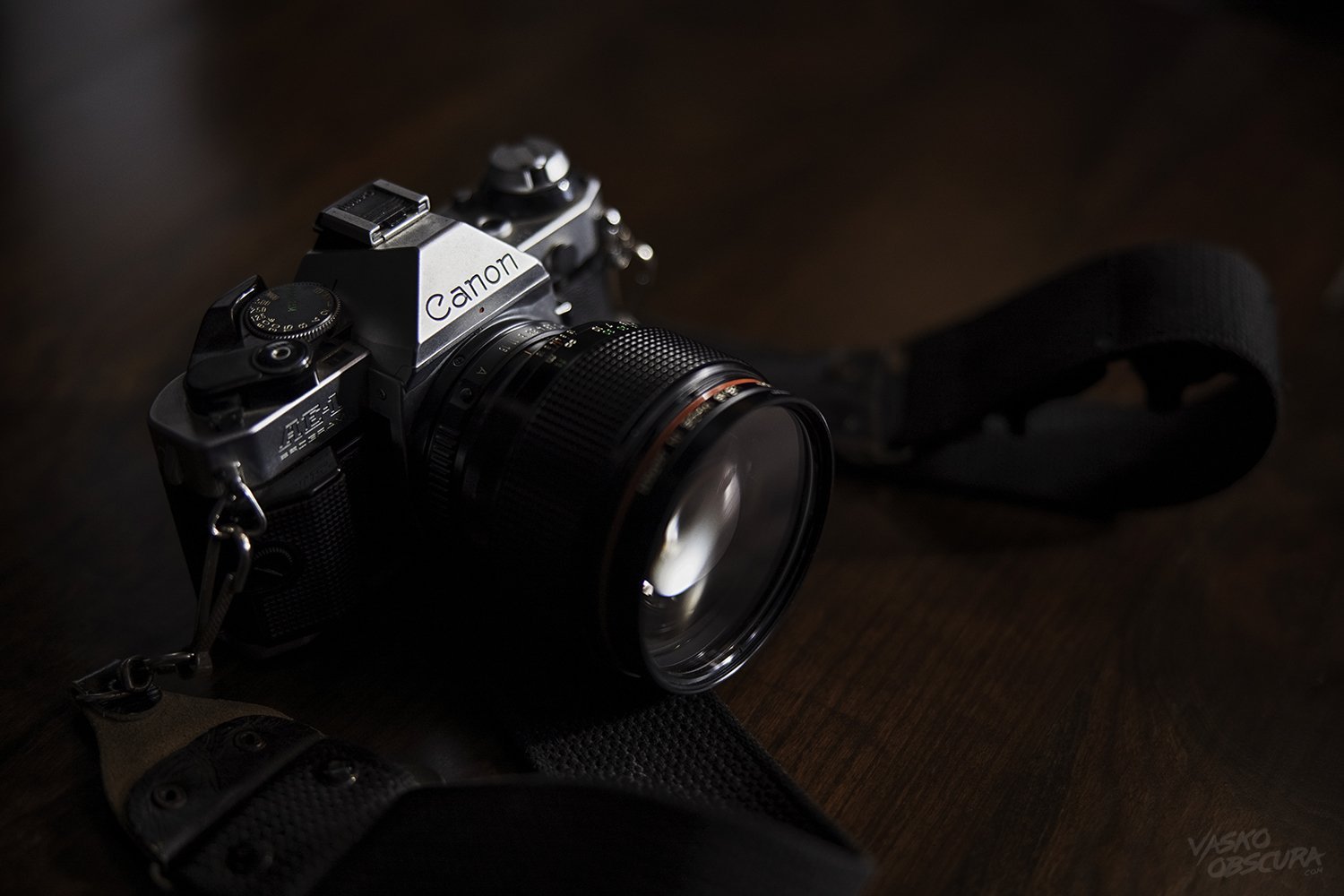CANON FD 85MM F1.2 L VINTAGE LENS SHORT + PHOTOS
In this post, I will be unboxing my dream lens, the Canon nFD 85mm f1.2 L. Originally released in 1980, this lens has stood the test of time due to its exceptional build quality and optics that are still comparable to modern lenses. Despite this, it still exudes a classic vintage charm that many photographers such as myself have come to appreciate.
What makes this lens special is the way it renders colors. It produces beautiful faded color tones that are reminiscent of the movies produced in the 1980’s, making it a favorite among fans of anything 80’s retro. Additionally, this lens produces plenty of chromatic aberrations and fringing in high contrast areas, as well as soft corners only adding to its vintage charm.
The Canon FD 85mm f1.2 L was introduced as the fastest lens available for 35mm SLR cameras at the time. It was designed to be a professional-grade lens, and it quickly gained a reputation for its exceptional performance. The lens features an ultra-large aperture of f/1.2, which allows for incredible depth of field control and low light performance. This lens was also well regarded as a bokeh monster rending out of focus backgrounds with a soft creaminess that was hard to duplicate with other lenses of it’s time.
The Canon FD 85mm f1.2 L was eventually replaced by the EF 85mm f1.2L, which was released in 1989. However, the FD 85mm f1.2 L still remains a highly sought-after lens by vintage lens collectors and photographers who appreciate its unique rendering style.
I had been waiting for a good deal on the FD 85mm f1.2 for a few years, and when I saw a listing on eBay, I knew I had to pounce right away. Needless to say, I'm super excited to have this lens in my kit and can't wait to bring new video content to my YouTube subscribers with it. If you're into vintage glass, I'm sure you'll fall in love with this lens just as I have.
*Photos for this post where shot with the Canon RF 28-70mm f2 L
If you want to attach Vintage Canon FL, FD and nFD lenses to mirrorless RF mount bodies, I suggest using the Fotodiox FD to RF mount adapter. I have been using it for several years, and it has performed flawlessly. It’s a little more pricey than other adapters but the craftsmanship is fantastic. There is no wiggle as the adapter mounts to the lens and camera body snuggly. I have a video about it here.







